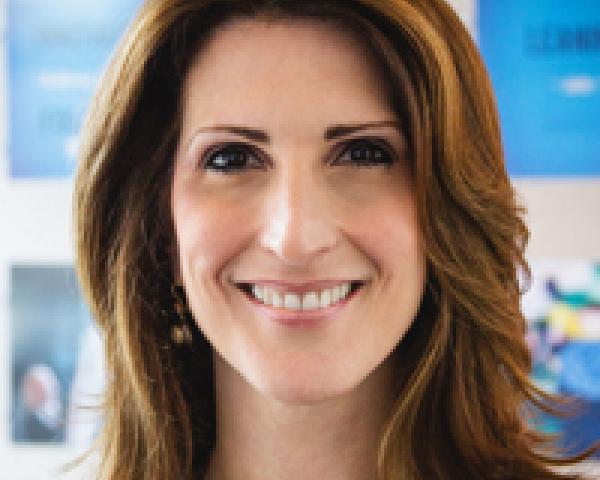6 Worst Things to Happen to Insurance
The author, retiring after nearly 50 years in the industry, lists the six worst trends he's witnessed in his distinguished career.

The author, retiring after nearly 50 years in the industry, lists the six worst trends he's witnessed in his distinguished career.

Get Involved
Our authors are what set Insurance Thought Leadership apart.
|
Partner with us
We’d love to talk to you about how we can improve your marketing ROI.
|

William C. Wilson, Jr., CPCU, ARM, AIM, AAM is the founder of Insurance Commentary.com. He retired in December 2016 from the Independent Insurance Agents & Brokers of America, where he served as associate vice president of education and research.
Building tight relationships with clients by staying in touch personally is easy and is the best offense against today's wave of disrupters.

Get Involved
Our authors are what set Insurance Thought Leadership apart.
|
Partner with us
We’d love to talk to you about how we can improve your marketing ROI.
|
Monitoring the data continually to uncover new diagnoses of comorbidities is essential to avoid missing subtle issues in workers' comp claims.

Get Involved
Our authors are what set Insurance Thought Leadership apart.
|
Partner with us
We’d love to talk to you about how we can improve your marketing ROI.
|

Karen Wolfe is founder, president and CEO of MedMetrics. She has been working in software design, development, data management and analysis specifically for the workers' compensation industry for nearly 25 years. Wolfe's background in healthcare, combined with her business and technology acumen, has resulted in unique expertise.
Every broker-customer communication will now need to be audited to determine whether it constitutes a "recommendation."

Get Involved
Our authors are what set Insurance Thought Leadership apart.
|
Partner with us
We’d love to talk to you about how we can improve your marketing ROI.
|

Andrew Hellard is an insurance customer communications management expert at GMC Software, a leading provider of customer communications management software. Hellard’s focus is on the insurance industry worldwide and its ability to communicate effectively with customers while improving operational efficiency.
The difference between decisions yesterday and in the future are like the difference between a handwritten description and a hologram.

Get Involved
Our authors are what set Insurance Thought Leadership apart.
|
Partner with us
We’d love to talk to you about how we can improve your marketing ROI.
|

John Johansen is a senior vice president at Majesco. He leads the company's data strategy and business intelligence consulting practice areas. Johansen consults to the insurance industry on the effective use of advanced analytics, data warehousing, business intelligence and strategic application architectures.
There’s no denying video’s effectiveness in attracting and informing viewers. It’s critical to use it to attract, engage and retain clients.

Get Involved
Our authors are what set Insurance Thought Leadership apart.
|
Partner with us
We’d love to talk to you about how we can improve your marketing ROI.
|
We've lost track of the fact that "digital" is a "how," not a "what. We can't innovate just by falling in love with technology.

Get Involved
Our authors are what set Insurance Thought Leadership apart.
|
Partner with us
We’d love to talk to you about how we can improve your marketing ROI.
|

Maria Ferrante-Schepis is the managing principal of insurance and financial services innovation at Maddock Douglas.
Most founders of startups know little about insurance -- and most insurance experts know little about startups.

Get Involved
Our authors are what set Insurance Thought Leadership apart.
|
Partner with us
We’d love to talk to you about how we can improve your marketing ROI.
|
With IoT, insurers can leverage big data analytics to better underwrite risk, improve loss prevention and even predict consumer behavior.

Get Involved
Our authors are what set Insurance Thought Leadership apart.
|
Partner with us
We’d love to talk to you about how we can improve your marketing ROI.
|
Functional requirements from IT and underwriting drive most websites. Here are four tips that are easy to implement and will delight customers.

Get Involved
Our authors are what set Insurance Thought Leadership apart.
|
Partner with us
We’d love to talk to you about how we can improve your marketing ROI.
|